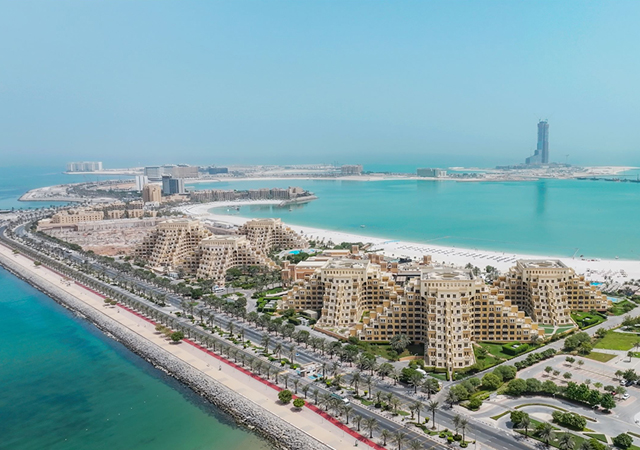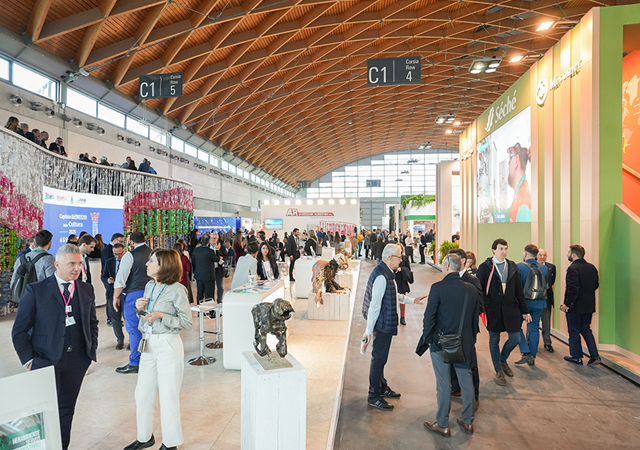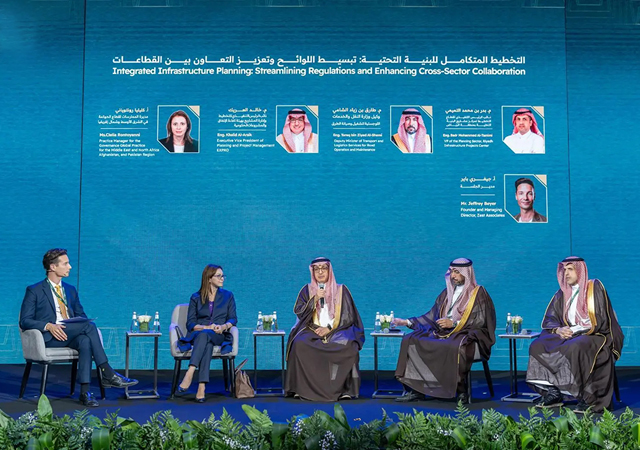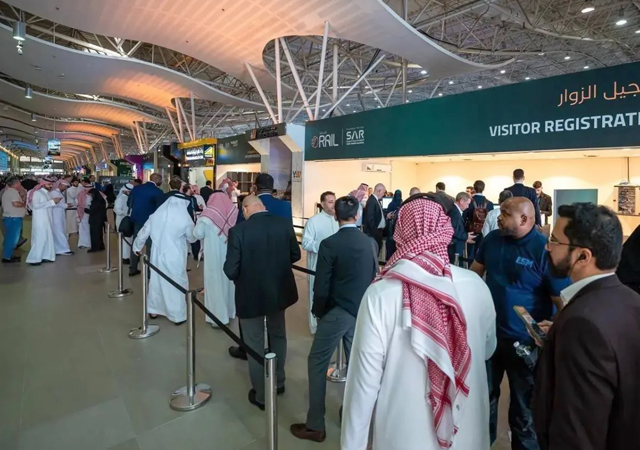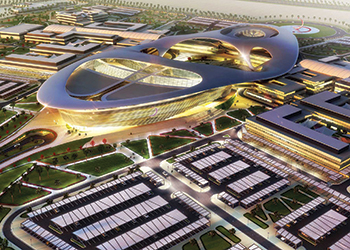
 Habib ... wireless environment.
Habib ... wireless environment.
JOSEPH HABIB, head of wireless at CommScope Middle East and Africa, says a dedicated in-building wireless system could raise the value of a property by an average of 28 per cent.
As cities across the Middle East continue to grow, there will be a huge opportunity for investment in the Internet of Things (IoT).
The region’s IoT revenues were predicted to surpass $5.1 billion in 2015, representing year-on-year growth of 14.1 per cent, according to a recent report entitled “Internet of Things (IoT) Adoption in MEA” by International Data Corporation (IDC), a premier global provider of market intelligence, advisory services, and events for the information technology, telecommunications and consumer technology markets.
As cities grow, they become denser and consume more energy. Therefore, the principal concerns for each city will be how it can effectively manage space and optimise energy use.
Buildings/premises are the defining characteristic of a city. For a city to get smarter in handling space and energy, its buildings/premises must become more intelligent. Think of buildings/premises as the muscles within the body of a city; the body needs toned muscles to operate efficiently.
It is within buildings/premises where businesses mostly operate and are connected (wired or wirelessly) throughout the world. How do we make buildings/premises smart enough to be aware of the energy being consumed, instantly detect where in the building a connectivity failure has occurred, and whether the space in the building is being used efficiently?
As the saying goes: “If you can’t measure it, then you can’t manage it.” The first step in making a building smarter is to architect a common structured wired and wireless infrastructure that seamlessly collects connectivity, space and energy data through sensors or devices. However, simply connecting is not necessarily communicating.
Billions of devices will become part of the IoT; a report in Wired magazine estimates there will be one trillion networked devices by 2025. They all connect to the internet but are often not able to communicate directly with each other because there is no common communications protocol or language for the various devices in a building.
This lack of communication means that buildings/premises are not as smart as they could be; they are often not able to optimise space, quickly identify connectivity failure or effectively minimise energy
consumption.
Here is a summary of what I believe are some of the key trends in the Middle East influencing intelligent buildings/premises as we move forward:
Dedicated wireless systems
The commercial imperative for investing in dedicated in-building wireless systems is becoming clearer as challenges associated with system costs and technical complexity are confronted and overcome. Cellular connectivity in the building is now as important as making available any basic utility for a building. After all, would you refuse to invest in a water supply within your building because it was deemed too expensive or complicated to do? The value of a property could increase by an average of 28 per cent with the implementation of a dedicated in-building wireless system, according to participants in a recent study commissioned by CommScope.
Engaging with architects, facilities managers and building owners at an early stage will ultimately save money – as well as providing an enhanced user experience.
Energy-efficient LV power
Power loads in commercial buildings/premises are increasing; much of this is due to the proliferation of active field devices such as: wireless access points and in-building wireless antennas; Internet protocol (IP) network cameras and VoIP (voice over IP) phones; LED (light emitting diode) light and environmental controllers.
Understanding how we power these devices efficiently and effectively in a building is a growing challenge. Traditionally, the power supplied to buildings/premises has been alternating current (AC) which is then stepped down or converted to direct current (DC) using inefficient transformers/rectifiers in order to power devices inside buildings/premises. However, with governments now demanding that carbon emissions associated with buildings/premises be minimised, attention has turned to improving the efficiency of low-voltage power distribution network inside buildings/premises.
Conducive environments
The office is no longer only a place to go to work between the hours of nine to five, but also a venue where employees collaborate, create and connect at any time. Businesses understand that in a globally competitive world they will attract employees and tenants by offering a ‘best in class’ work space that positively influences health/wellness and productivity.
In fact, respondents to the CommScope survey, titled “Wireless in Buildings/Premises: What Building Professionals Think”, cited indoor wireless coverage as having benefits for the enterprise tenant, including an increase in workforce productivity (77 per cent), supporting the recruitment of more talented individuals (46 per cent) and even attracting more visitors (39 per cent). Two-thirds of respondents also rated indoor wireless connectivity as ‘essential’ for employees.
To improve an environment we need to understand its current state; this means being able to measure environmental, space and energy metrics. Embedding increasingly sophisticated sensor technology into the fabric of a building enables this data to be instantly collected, processed and acted upon.
The workplace of the future will have a plethora of choices for connecting, and dedicated indoor cellular systems will become the norm in buildings/premises of all sizes.
Integrating devices
The IoT is a tangible phenomenon. If you look around any commercial building, you will notice hundreds, if not thousands, of connected devices. The reduction in costs, sensor miniaturisation, plus advances in device connectivity capability has enabled a massive network of interconnected devices. However, as the IoT concept mushrooms, so do its challenges.
There is a myriad of connected devices, but are they communicating? The lack of a generally accepted protocol for device-to-device communication leads to inefficiencies. This communication ‘failure’ means that buildings/premises are ‘dumber’ than they should be. Interoperability standards are progressing, with the AllSeen Alliance and the Industrial Internet Consortium being two of the larger groups working on this.
Devices that speak the same ‘language’ and utilise common network infrastructure can aggregate and process real-time data about their immediate environment in a highly efficient way.
I am convinced that buildings/premises are more important to us than ever before, affecting not only our professional lives but also much of what we do personally. Organisations have started tackling the challenge of not just gathering data, but also making better use of that data to make informed decisions that improve the efficiencies of the building and the lives of the people living or working inside them.



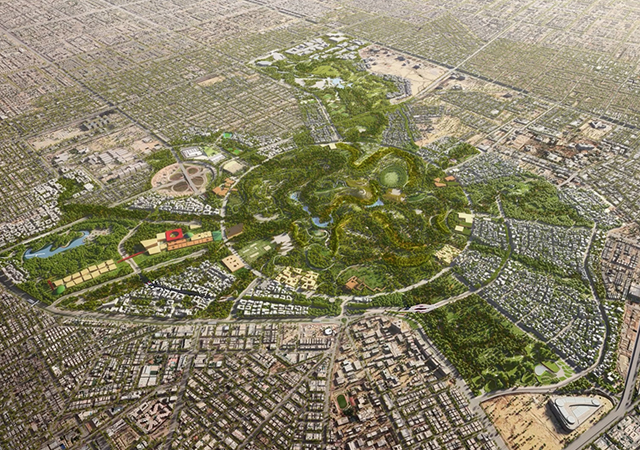
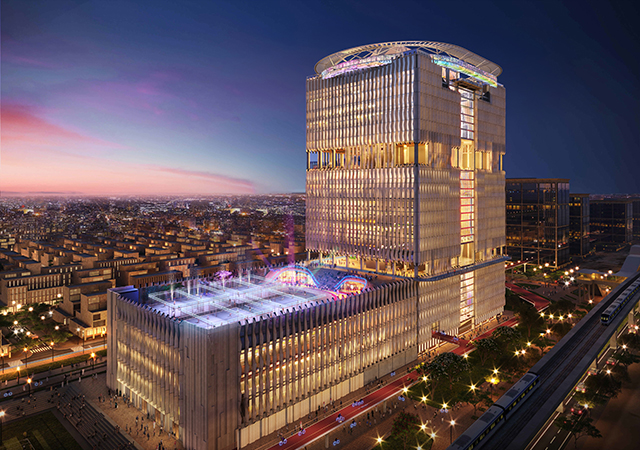
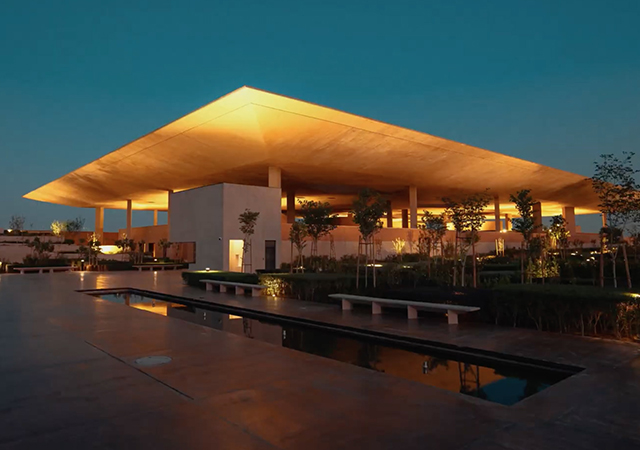
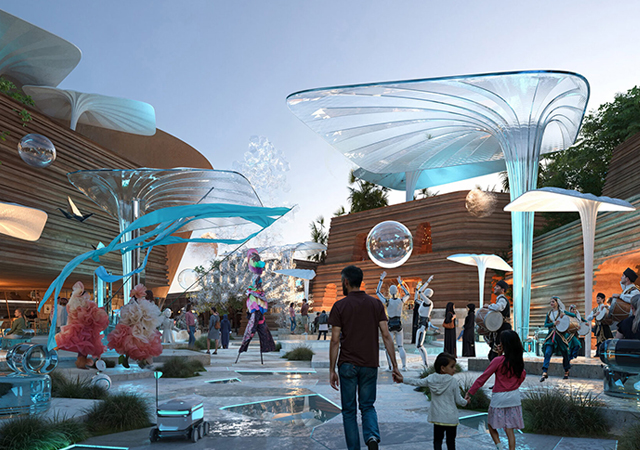
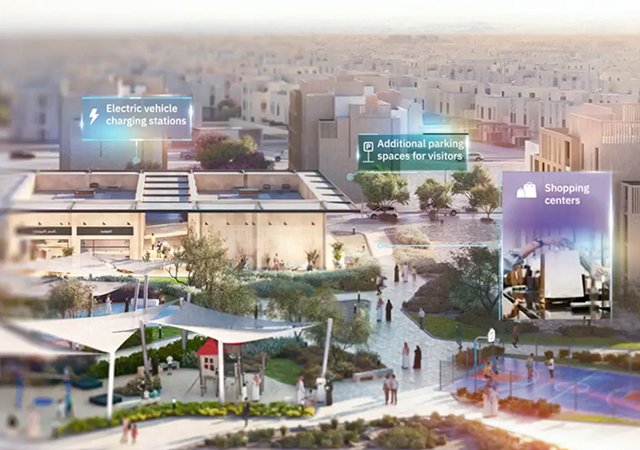

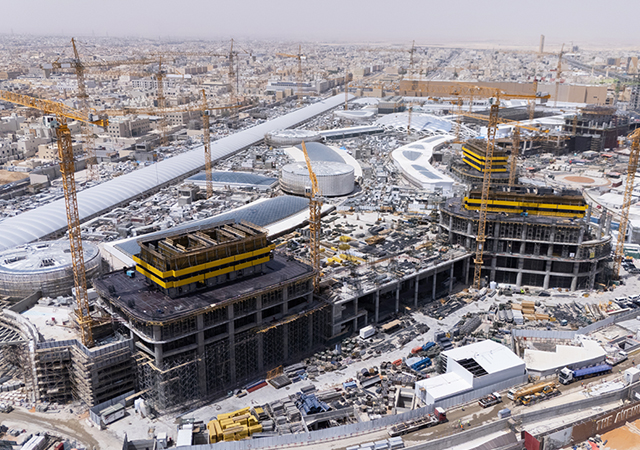
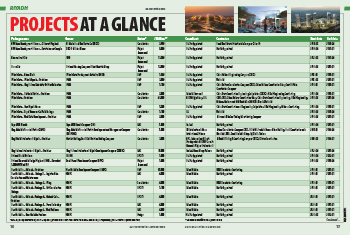
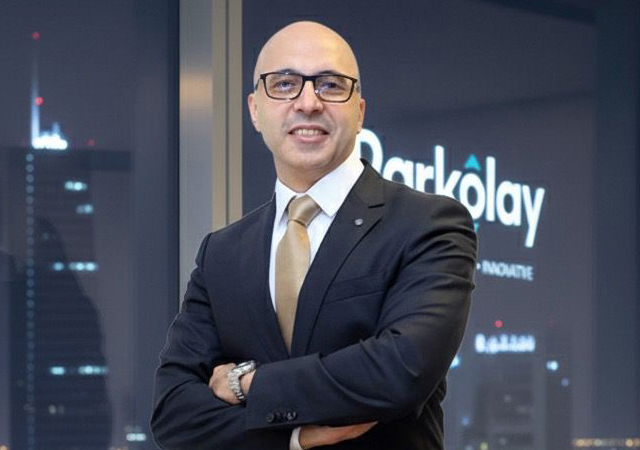
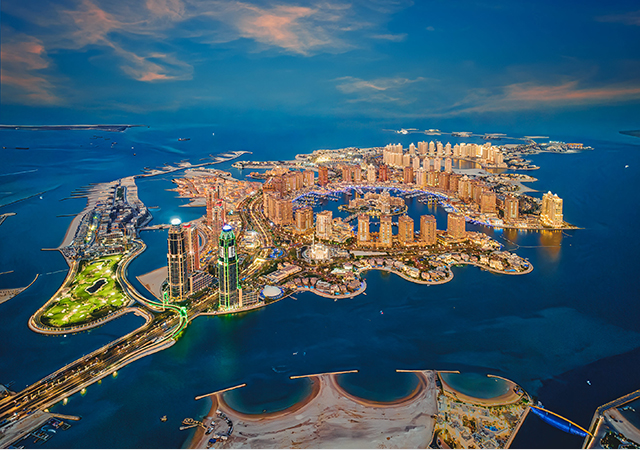


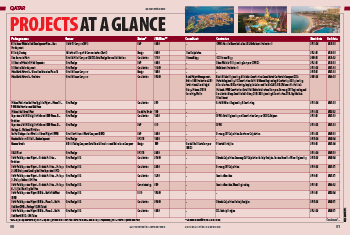
.jpg)
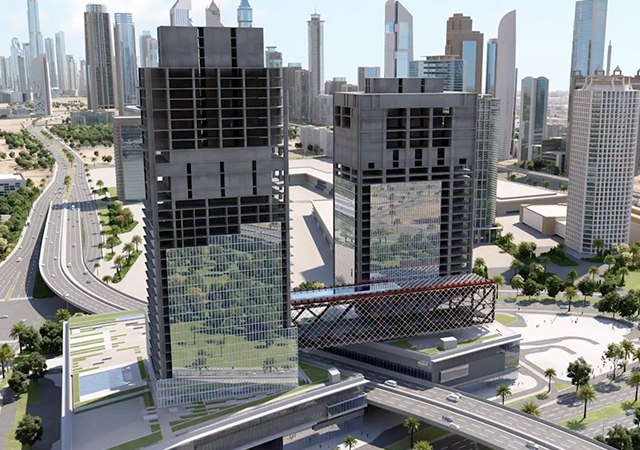
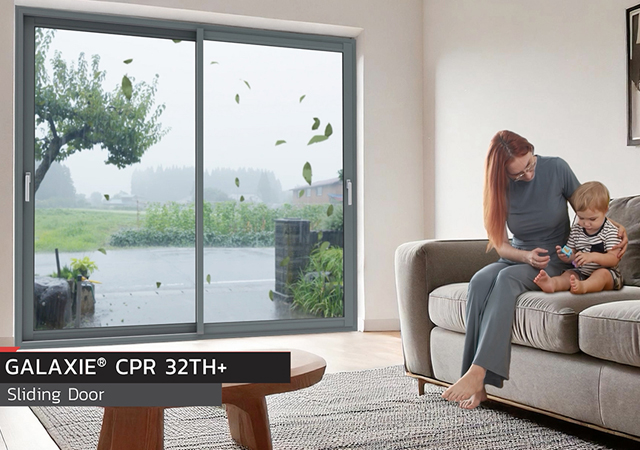

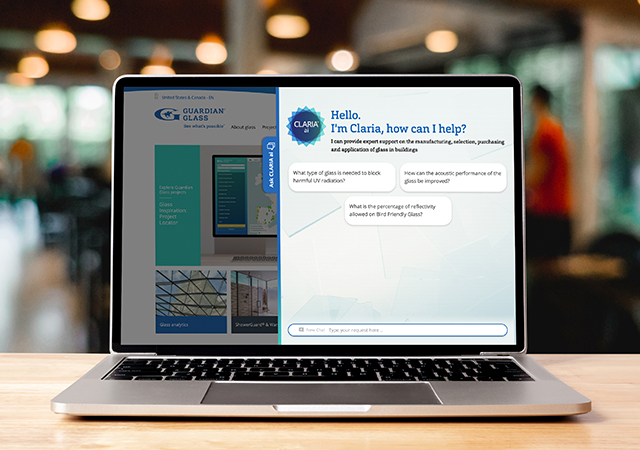

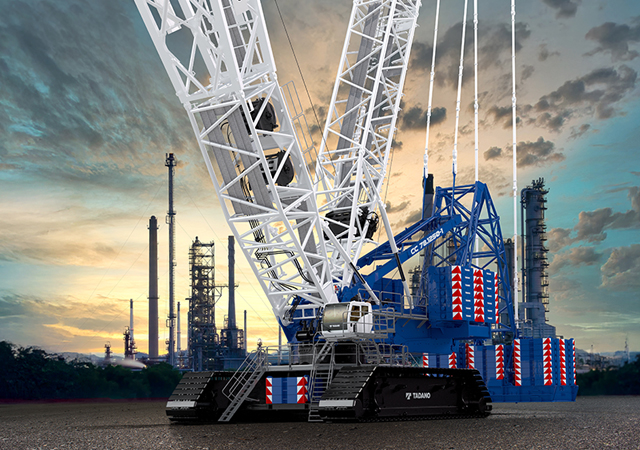
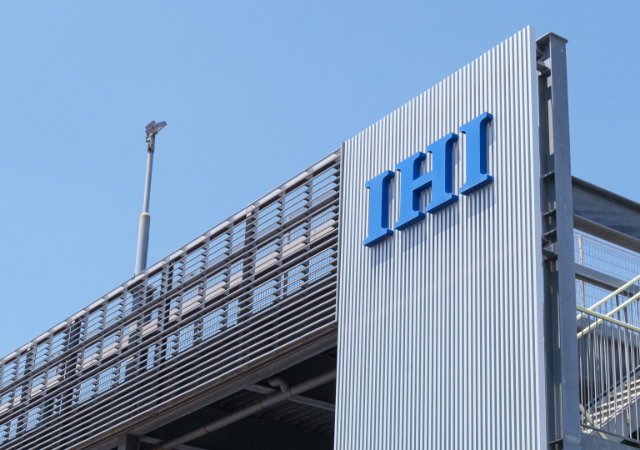
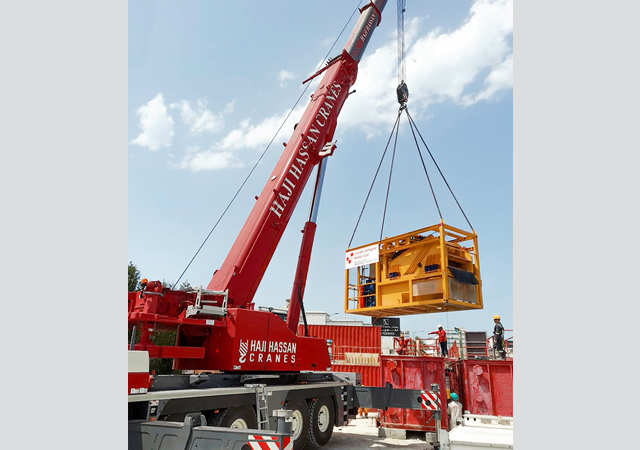
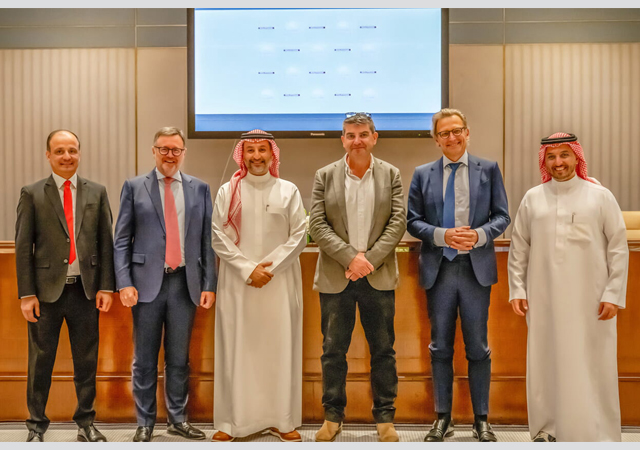



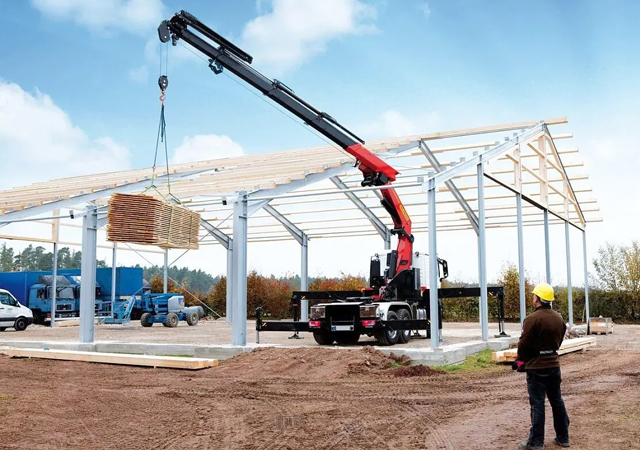
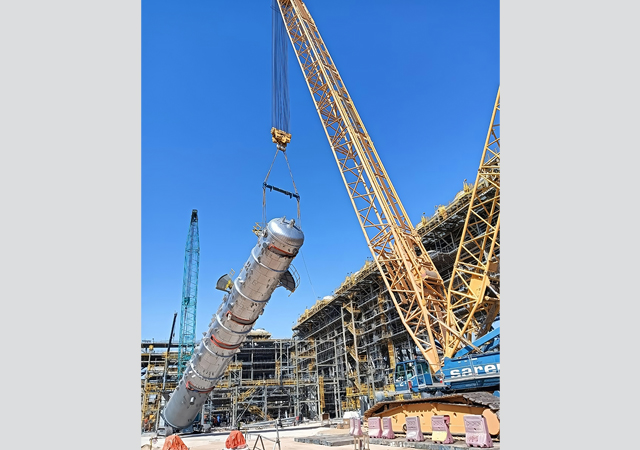
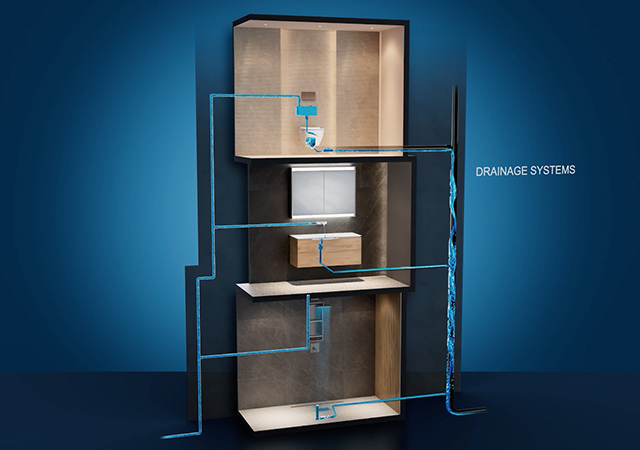
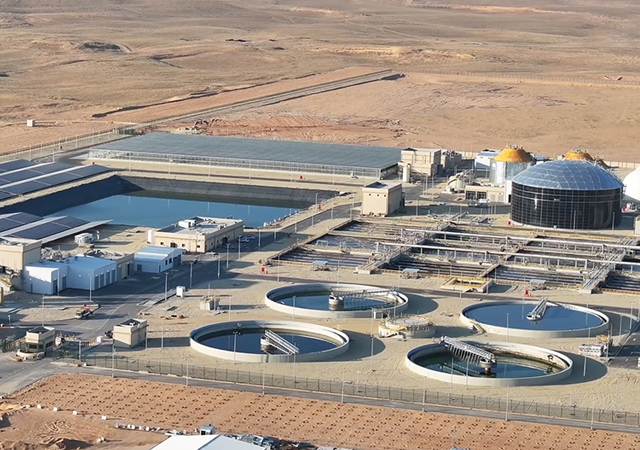

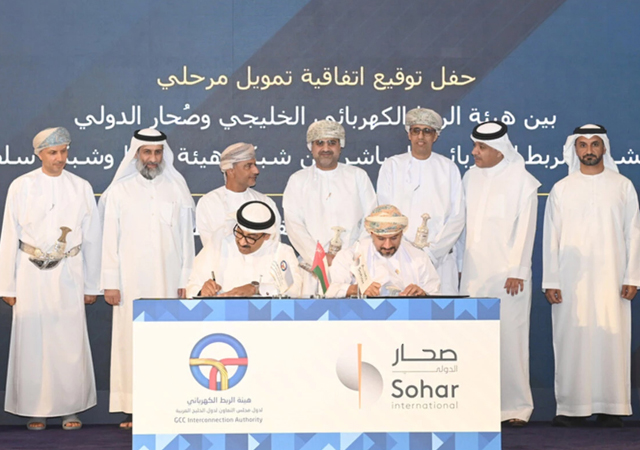

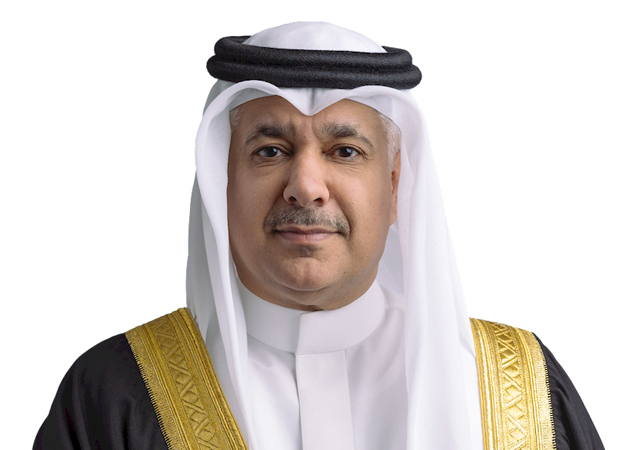
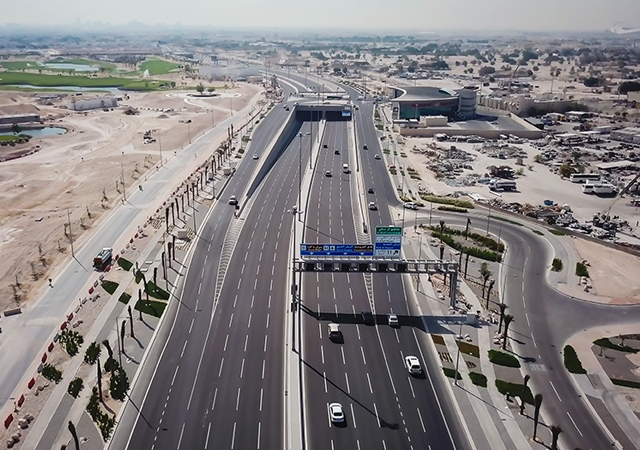
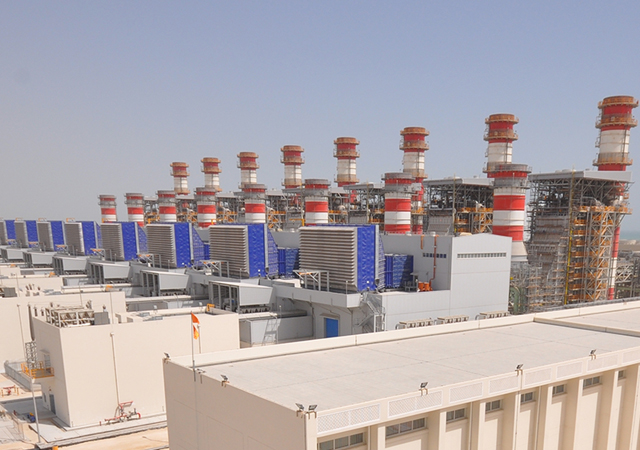
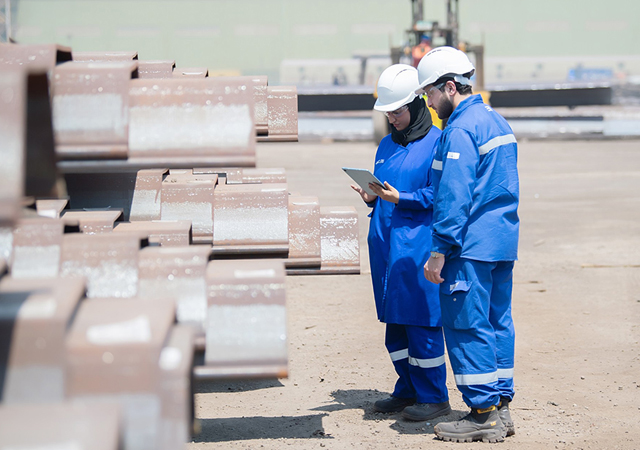
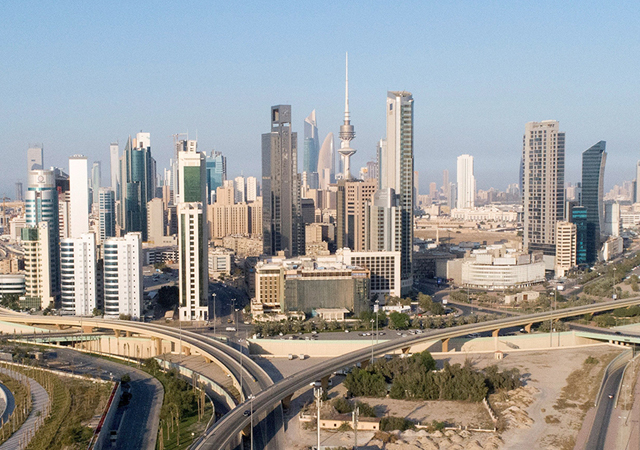
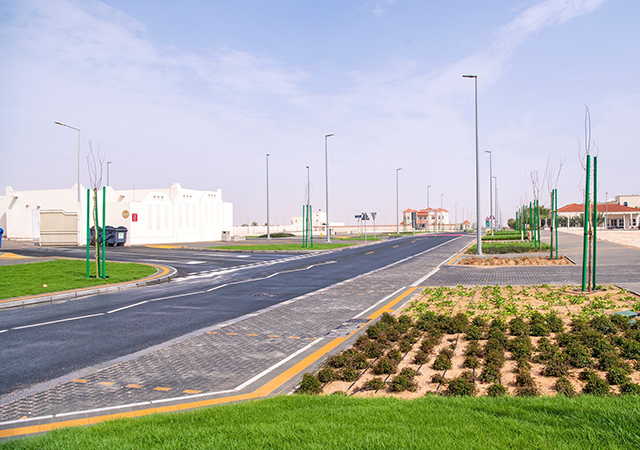
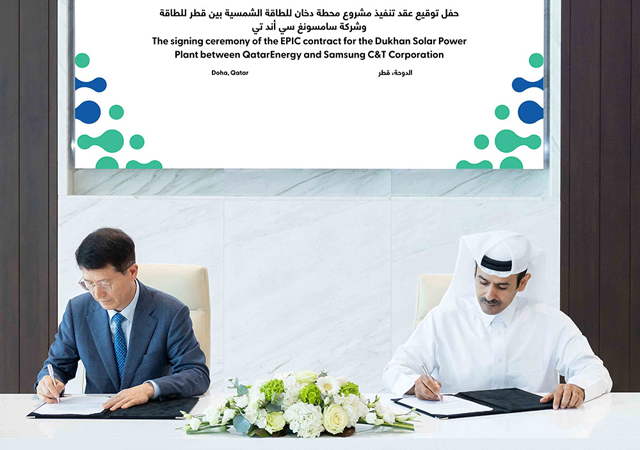
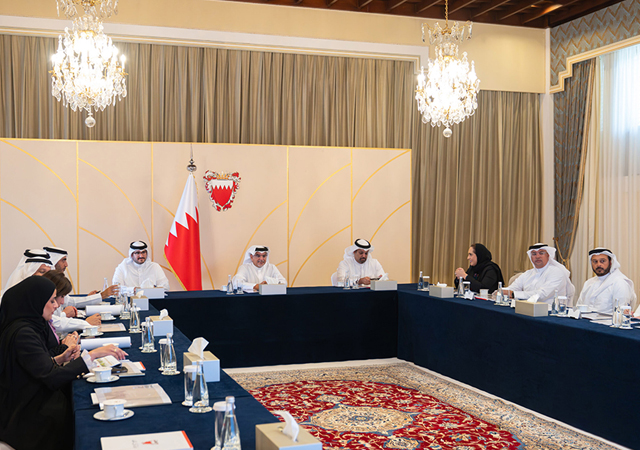

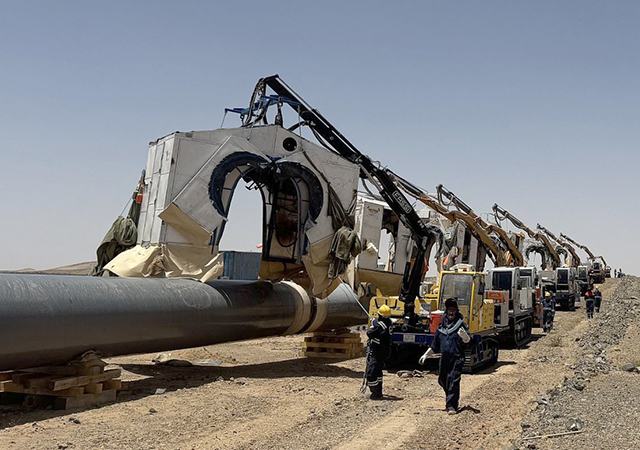

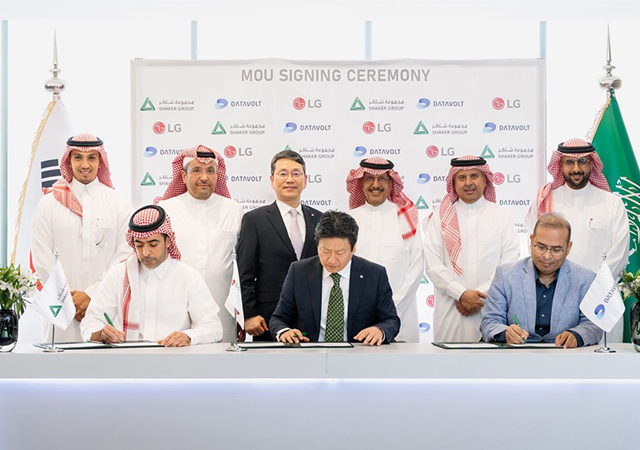
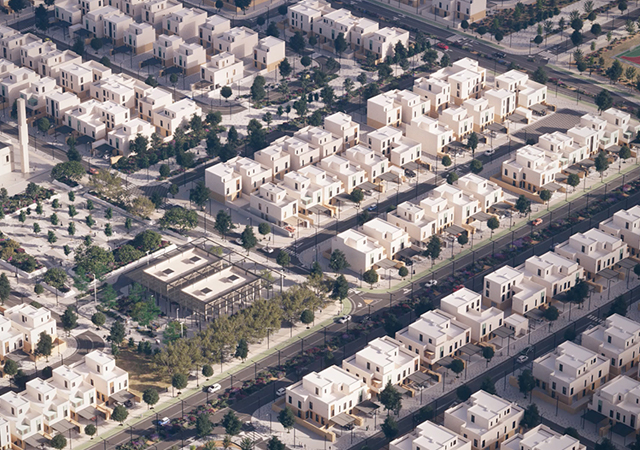
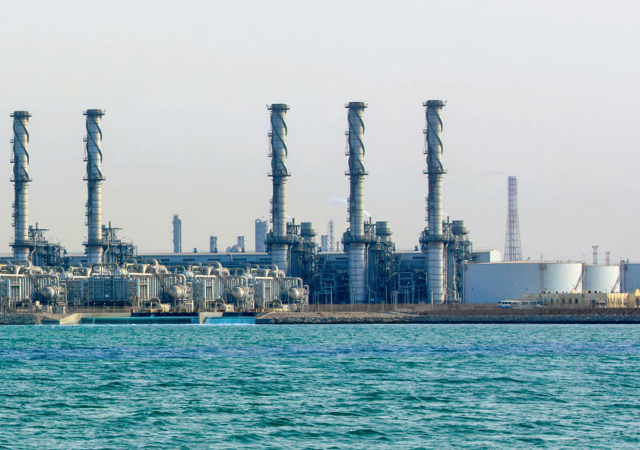

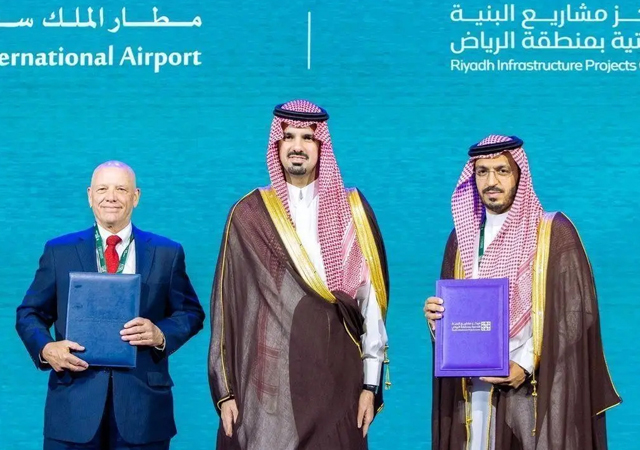
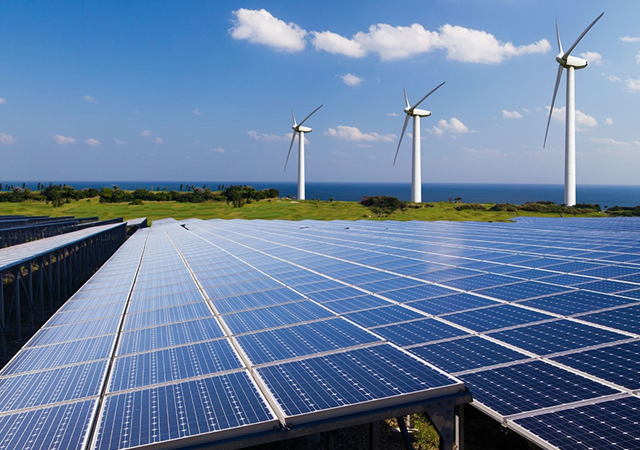
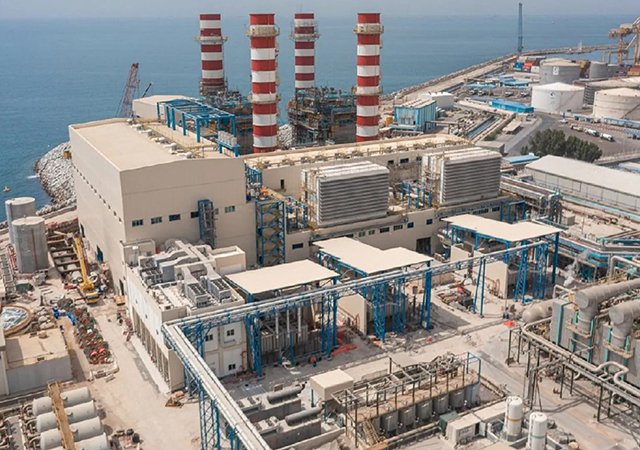


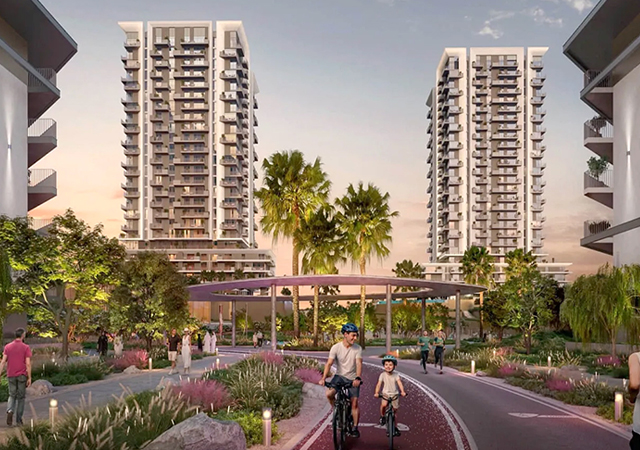

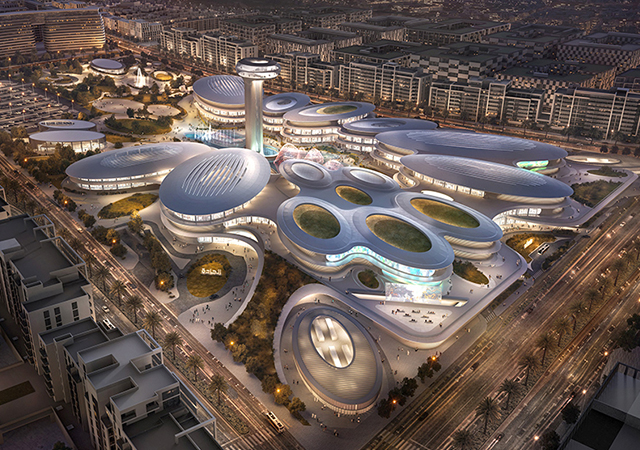
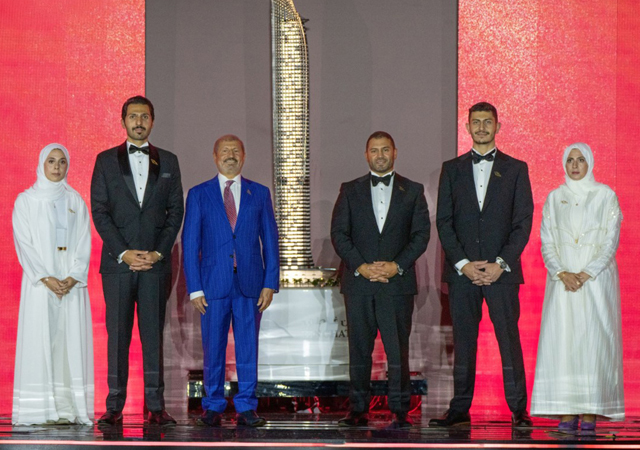
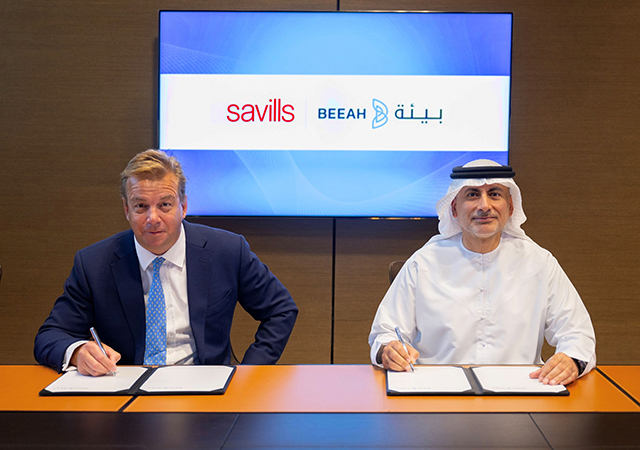
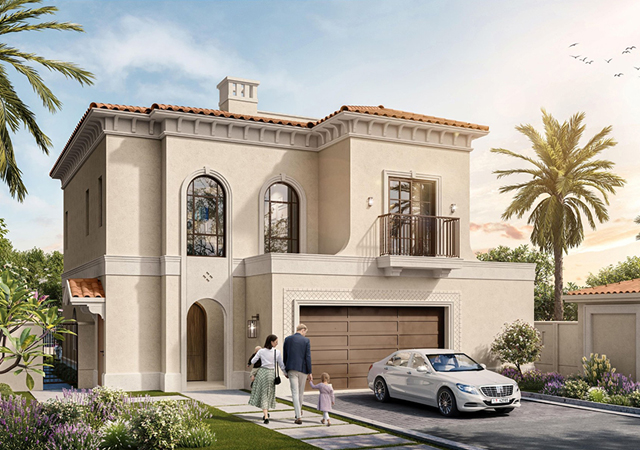


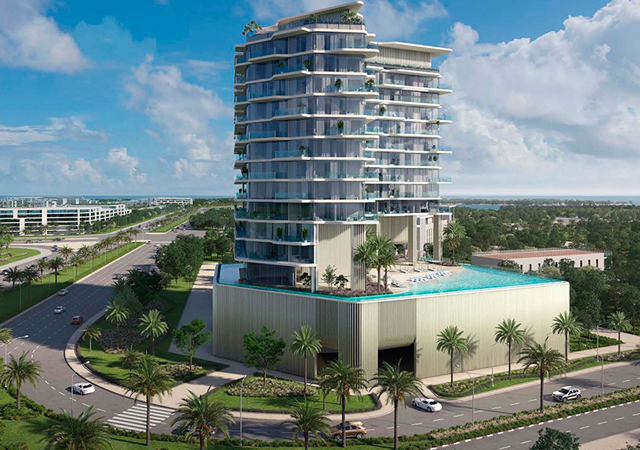
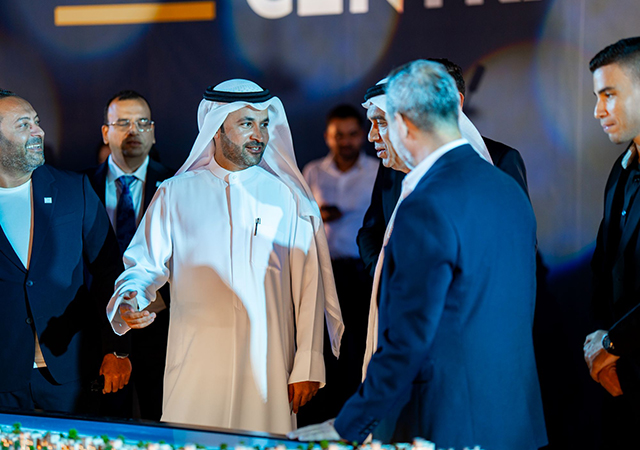
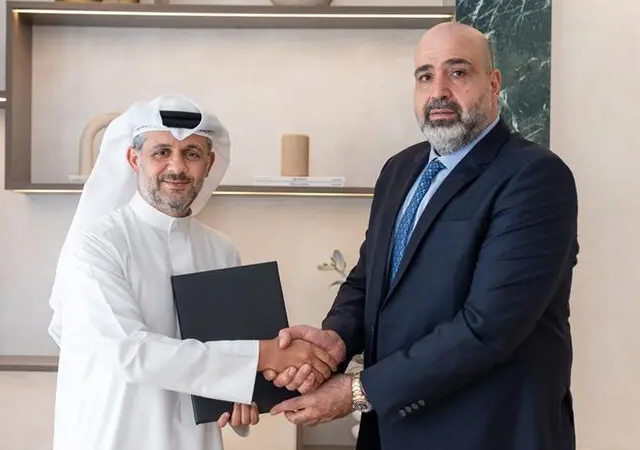
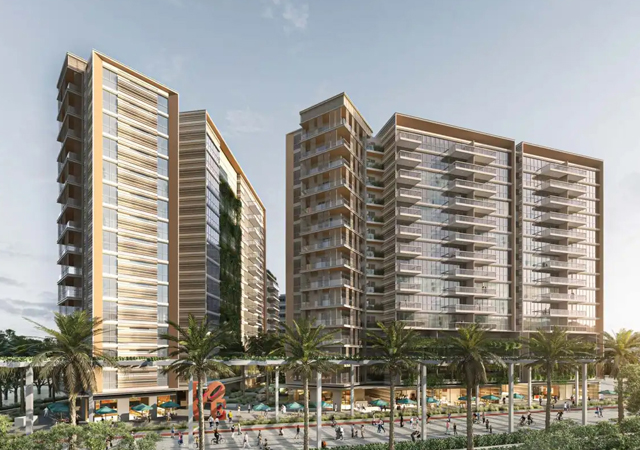
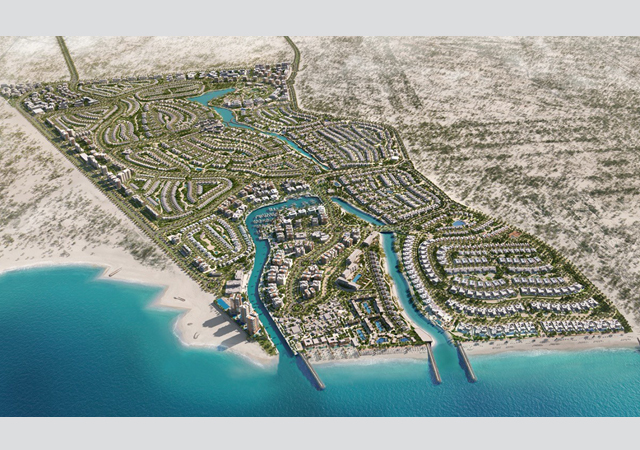
.jpg)

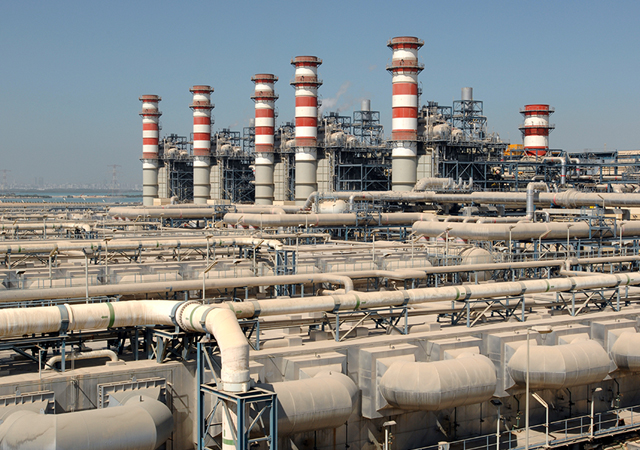
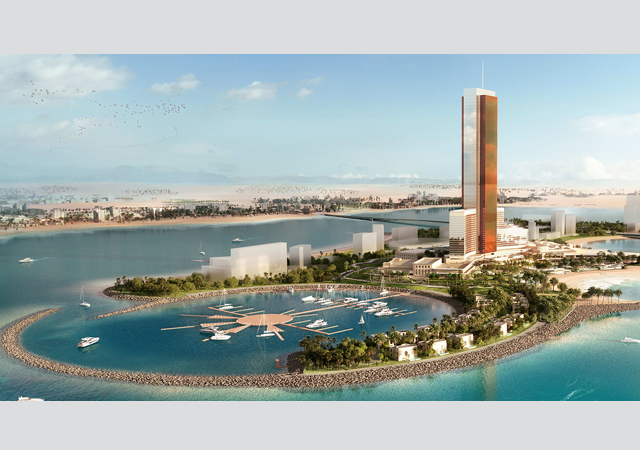
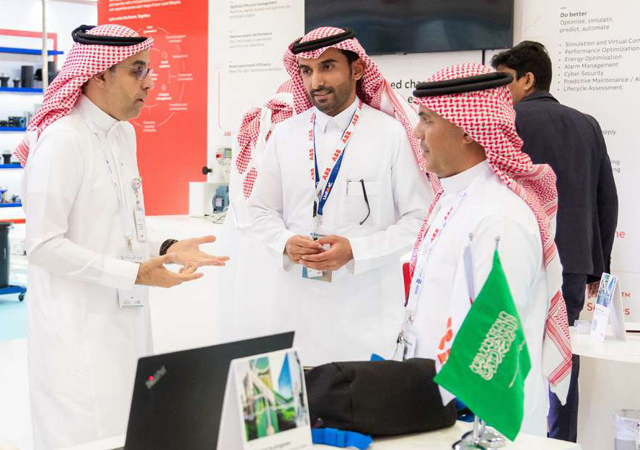
.jpg)
